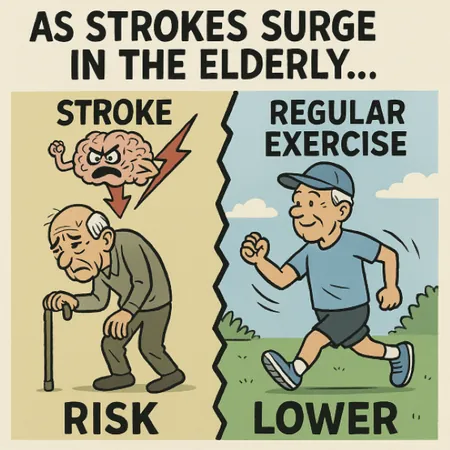
Groundbreaking Milestone as US Researchers Capture First Laser-Based CT Scans of Dense Objects
2025-03-27
Author: Wei
In a significant breakthrough for 3D X-ray imaging technology, a research team from Colorado State University (CSU) has successfully captured high-resolution CT scans of the internal structure of a large, dense object—a gas turbine blade—using an innovative compact, laser-driven X-ray source. This pioneering achievement, reported on March 27, 2025, in the journal Optica, opens new avenues for industries ranging from aerospace to advanced manufacturing.
The research stems from a multi-year collaboration involving experts from CSU's Departments of Electrical and Computer Engineering and Physics, along with contributions from Los Alamos National Laboratory and AWE in the U.K. Reed Hollinger, an assistant professor at CSU and the study's lead author, expressed enthusiasm about the project’s potential, stating, “This demonstration is just the beginning. We are harnessing the CSU-built ALEPH laser to produce exceptionally bright X-ray sources capable of high-resolution radiography and CT.”
One of the standout features of this technology is its speed and non-destructive nature, allowing for an intricate examination of dense structures like rocket components and turbojet engines. As the field of additive manufacturing expands, this advanced imaging could revolutionize quality control processes, ensuring the integrity of 3D printed objects remains intact during inspections.
Revolutionizing Industrial CT Imaging
The traditional industrial CT scanners available today are often monumental in size and expense, typically yielding images with a resolution measured in millimeters. CSU’s innovative laser-driven technique generates a substantially smaller X-ray source that allows for significantly greater resolution without sacrificing the energy output of the X-rays themselves.
James Hunter from Los Alamos National Laboratory, who collaborated with the CSU team, highlighted the importance of their approach, stating, “A small spot MeV X-ray source is the single largest lever that can potentially improve high resolution MeV X-ray imaging.” This cutting-edge method employs a petawatt-class laser focused to an astounding intensity of 10^21 Wcm-2, which accelerates a beam of electrons over just a few microns, generating incredibly high-energy X-rays.
These newly developed X-rays are far more powerful than those produced by conventional X-ray machines, which typically operate at hundreds of thousands of volts. In contrast, Hollinger notes that their X-ray source operates at millions of volts, which is essential for penetrating dense materials such as turbine blades effectively.
Next-Level Imaging Capabilities
The high-speed capabilities of this laser-driven CT scanning technology are further enhanced by the ultra-short duration of each X-ray pulse, lasting only a few trillionths of a second. This allows for time-resolved radiography, enabling the possibility of capturing clear 3D images of objects in motion. For instance, Hollinger envisions a future where researchers could capture high-resolution images of jet engine interiors while they are in operation—a feat no existing X-ray source can currently achieve.
As research and development progress, the implications of this technology could be monumental, possibly transforming sectors reliant on precision engineering and manufacturing. With ongoing advancements, one can only wonder how this laser-driven approach will continue to shape the future of imaging technology and quality control across a multitude of industries.



 Brasil (PT)
Brasil (PT)
 Canada (EN)
Canada (EN)
 Chile (ES)
Chile (ES)
 Česko (CS)
Česko (CS)
 대한민국 (KO)
대한민국 (KO)
 España (ES)
España (ES)
 France (FR)
France (FR)
 Hong Kong (EN)
Hong Kong (EN)
 Italia (IT)
Italia (IT)
 日本 (JA)
日本 (JA)
 Magyarország (HU)
Magyarország (HU)
 Norge (NO)
Norge (NO)
 Polska (PL)
Polska (PL)
 Schweiz (DE)
Schweiz (DE)
 Singapore (EN)
Singapore (EN)
 Sverige (SV)
Sverige (SV)
 Suomi (FI)
Suomi (FI)
 Türkiye (TR)
Türkiye (TR)
 الإمارات العربية المتحدة (AR)
الإمارات العربية المتحدة (AR)